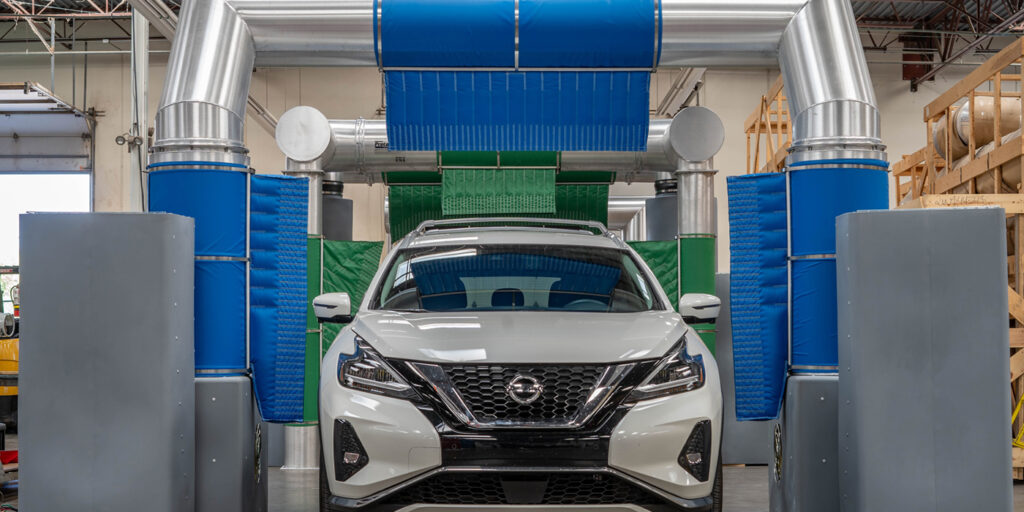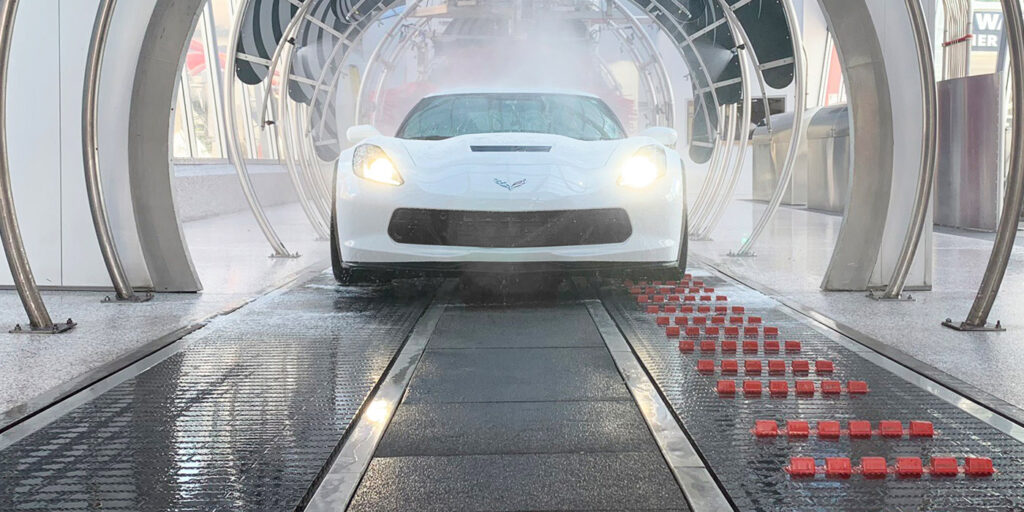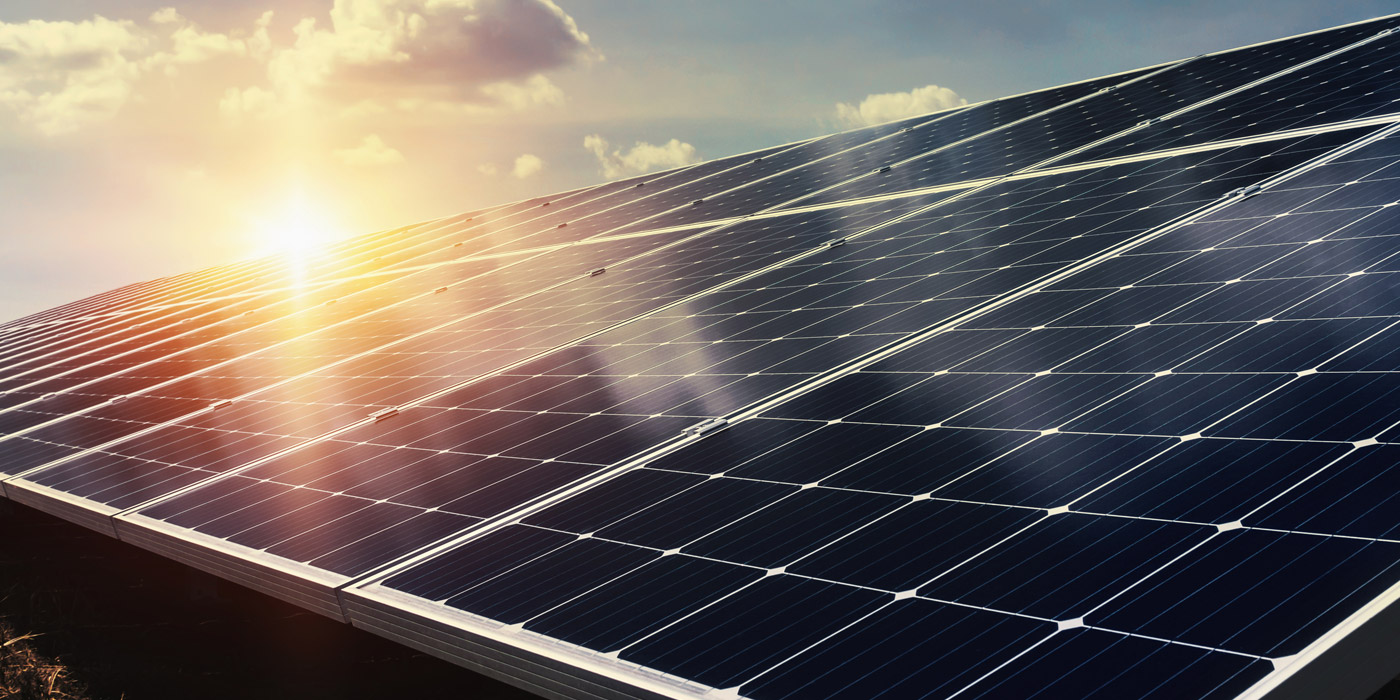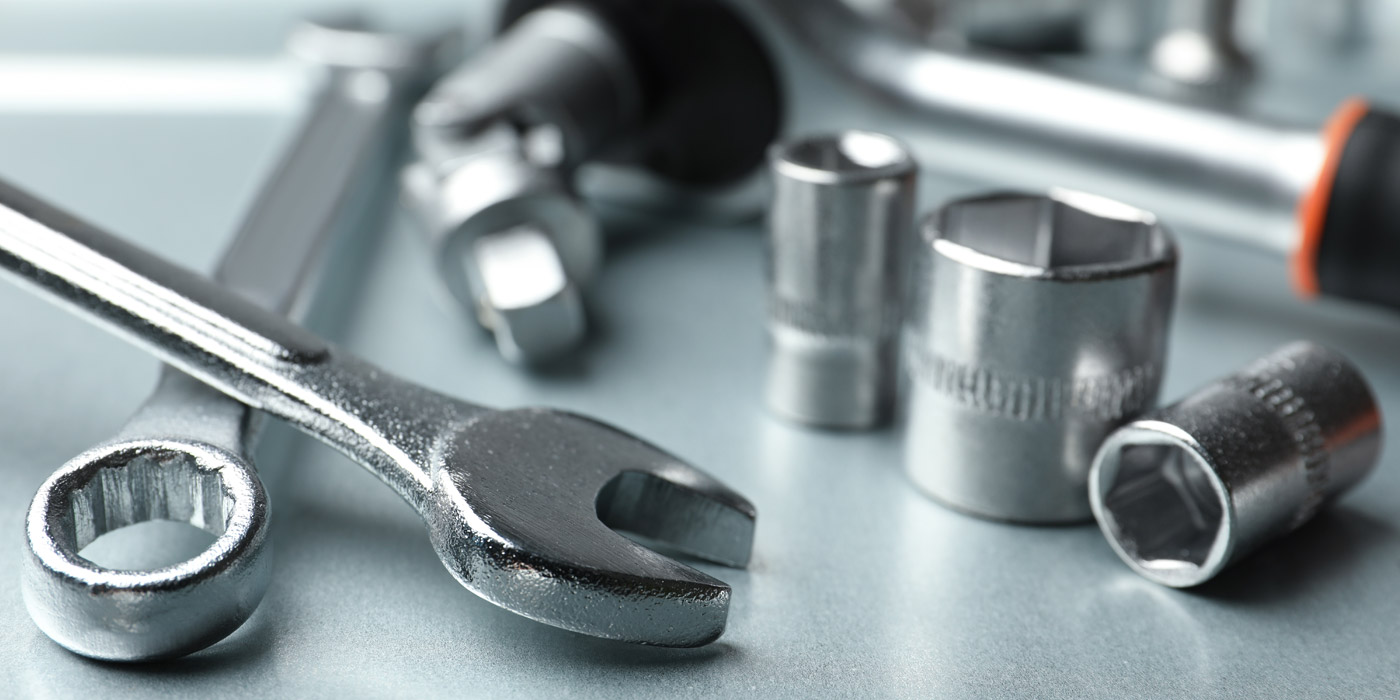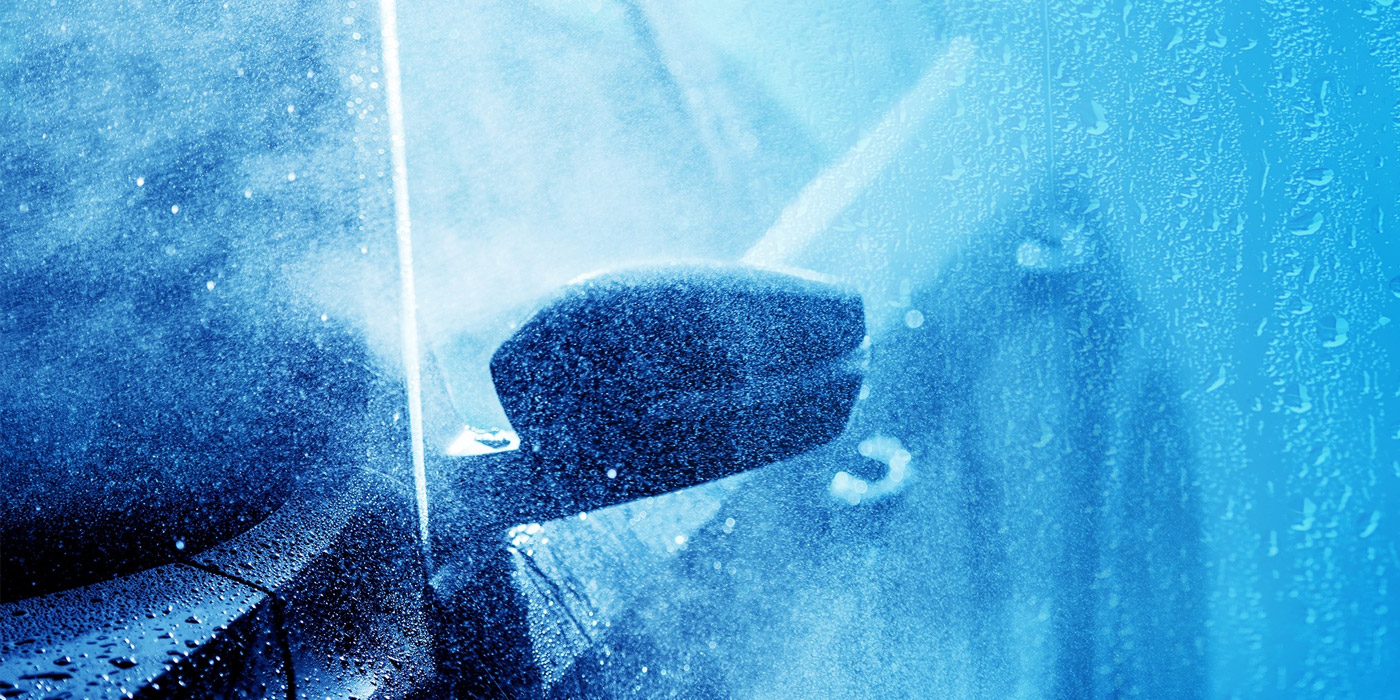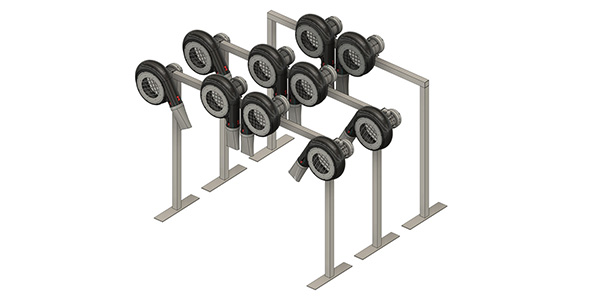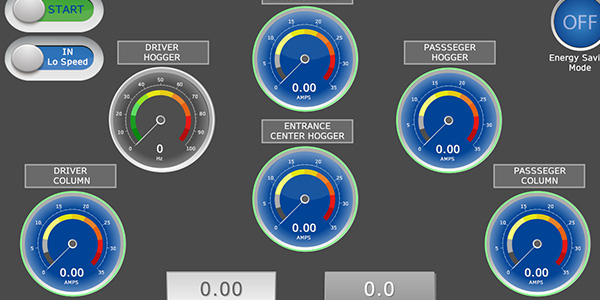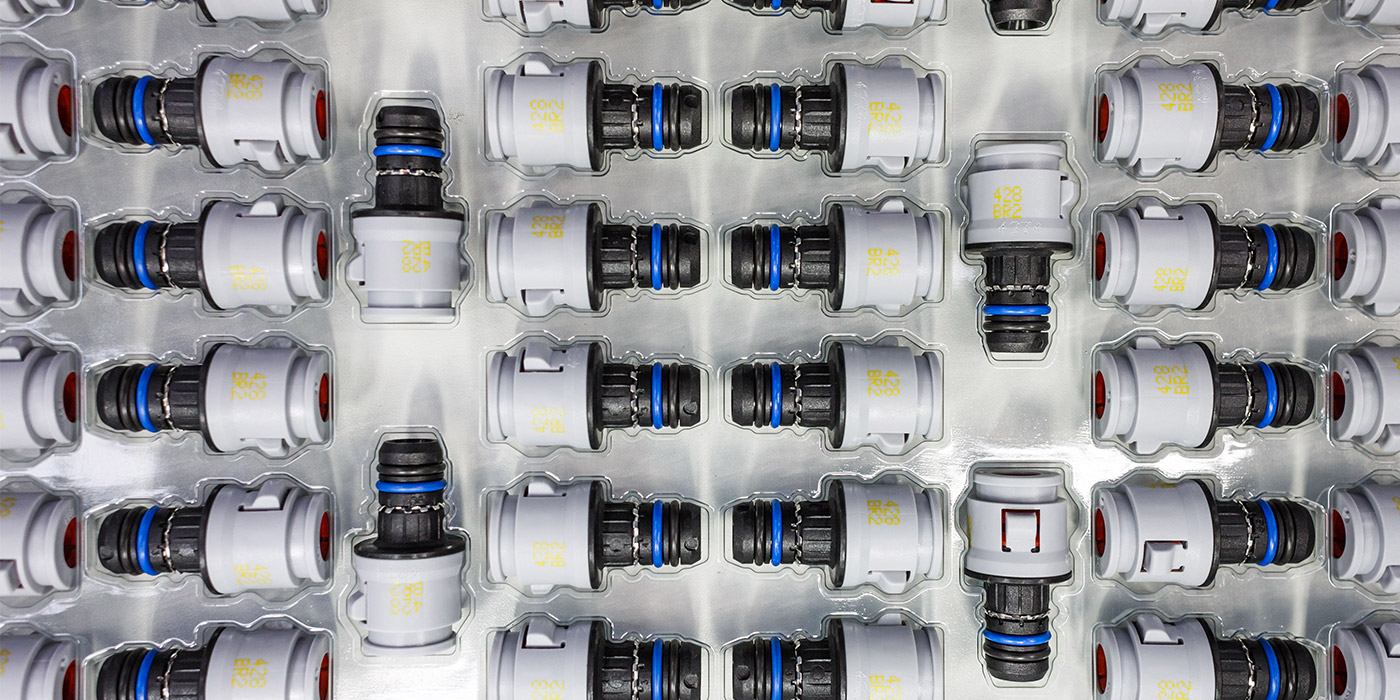A push for automation in the conveyor segment of the professional carwashing industry has led to a closer examination of each piece of equipment and every inch and second of the wash process. For many, doing more with less space and need for labor to serve a growing customer base is at the top of the priority list. Leading manufacturers in this industry have been at the forefront of this research to improve wash results and customer satisfaction.
No time to read this article? Listen to it instead!
Whether you’re building your customer base and wash 60 or fewer cars per hour or humming along at a throughput of 120 cars or more per hour, today’s skilled builders and tunnel designers are working with compatible yet finely tuned equipment that can be adjusted to meet your carwash’s individual needs. Working with reputable companies in our industry, the selection, installation and positioning of such vital equipment as dryers is helping to reach new heights in automation and results, and this equipment is only getting better as time passes.
What challenges are drying equipment manufacturers currently addressing as they upgrade and enhance their equipment? Also, what’s ahead for this product category as demands for energy efficiency, integration and sound suppression mount?
We get the answers to these questions and more from some of the industry’s leading dryer equipment manufacturers in this article.
Set up for blower success
The bane of carwash operators in the past was the existence of post-wash water spots, water streaks and water not being removed in hard-to-reach areas of the vehicle, such as side mirror housings. By carefully studying the wash process, engineers and chemists have improved the science of washing and drying vehicles to minimize and eliminate these issues.
However, not all vehicles are created equal, and since auto manufacturers are keen on changing their vehicle designs, drying a vehicle should not be seen as a one-size-fits-all approach.
“Each new model year invites new vehicle styles [and, therefore,] the dryer must accommodate a wide variety of vehicle shapes and surfaces,” states Cheryl Ehmen, chief executive manager at Aerodry Systems LLC.
In addition to having strategic placement, the right number of blowers for your wash and proper horsepower, there are other factors to consider in order to ensure serving all customers with an effective drying experience.
“Type of wash, line speed, space availability and power consumption are factors in determining the best system,” continues Ehmen. “Drying is accomplished in stages, and to that end, correct placement of the components is essential. Determining the best system goes a long way in providing synergy throughout the entire wash process — including drying — and will aid in achieving maximum uptime and profit.”
Skilled technicians will help operators set up dryers for optimal results. Dryer setup requires attention to the details in order to protect equipment and maximize performance. There is a science involved that must include understanding the tunnel’s airflow.
“Proper installation is a must,” says Arthur Stephens, president/CEO of International Drying Corp. “Intakes on centrifugal or ‘hamster’ wheel blowers should always draw air from the exit side of a wash to limit the intake of moisture. Proper spacing from applicator arches also protects [dryers] to some degree from mist.”
Once installed properly, say experts, dryers require little daily maintenance outside of general cleaning. Operators should regularly check air intake areas and make sure they are free of debris. Also included in Ehmen’s regular inspection checklist is checking electrical connections at regular intervals and rinsing the dryer exterior, since appearances do matter.
“If the facility and its equipment are grungy, the customer will perceive a high standard of service as improbable. There truly is something disconcerting about a vehicle (whether you are in it or not) disappearing into the murky light of a disgusting tunnel and then believing it will emerge sparkly shiny [and dry],” remarks Ehmen.
As with any specialty equipment, there is some preventative maintenance manufacturers recommend to extend the lifespan of dryers. Downtime is not the ideal time to shop for and purchase replacement parts, as this is when they are needed most. Costs as well as losses can mount fast, so preventative maintenance as recommended by manufacturers is also required.
“For example, if your wash is down for one day and your car count is 150 vehicles per hour at $15 per wash, over a 10-hour period, that equates to a minimum of $22,500 of lost revenue per day. That’s in addition to the cost to replace the failed component,” calculates Jeff Reichard, president of Proto-Vest Inc.
Low noise, high bar
When asked about the latest developments in dryer manufacturing, addressing noise concerns was a common answer among the three experts we interviewed for this article. Noise is also a common concern cited by many residents around the country that are close to a carwash or in an area where the town is considering the building of a new wash.
Certain businesses, such as carwashes and auto body shops, produce a level of sound throughout the day as they operate. Some parts of the country, including California, are focusing heavily on this issue, setting a low standard for commercial noise, and many believe others will follow or are currently following. And, while sound output from a carwash is not completely attributed to just dryers, this equipment’s manufacturers are doing their part to offer solutions.
“Many believe that the California noise control requirements have started to become the standard for all states. As you know, this is an extremely hard requirement, since a normal conversation is between 61 to 73 decibels. It is imperative to make sure your future dryer and other carwash equipment meet the highest standards. It is far more expensive to retrofit them if requirements change retroactively,” warns Reichard.
In an effort to reduce noise, manufacturers have also been led down the path of advancements in reducing energy consumption and offering green solutions in drying. Tunnel controllers using variable frequency drives can be used with dryers to maximize output while reducing energy dependency. Furthermore, some manufacturers are including such features as gates on equipment to be more energy-efficient.
Stephens explains how his company’s focus has been on developing the newest cutting-edge ambient air technology that combines ultra-quiet drying systems with maximum air power and volume while focusing on the green strategies of using less energy and designing a sustainable product.
“There is more to come here as we engineer usage of improved fan design and motor configurations that provide even more volume with less energy usage. Stay tuned,” teases Stephens.
Dryers now have your back
While the call to be quieter and more sustainable continues to emanate, the need for performance is a requirement. For many operators building new or retrofitting, the dryer might be seen as a back-burner decision. After all, it’s the last step in the process, and all dryers perform the same, right? Not quite.
Especially since it’s the last step of the wash process, it is critically important to invest in this equipment. While blowers might not be the deciding factor for why a customer decides to visit a carwash, a poor drying experience will be a primary reason he or she might not visit again.
One problem area when drying a vehicle with blowers is typically the vehicle’s rear. This includes “the area just below the spoiler or wing that prevents air from blowing off the back window of such vehicles as vans and SUVs,” notes Stephens.
The goal of your dryers should be to direct water down and off the vehicle — not toward the back. Reichard notes that, in addition to shorter manufacturing lead times and producing more air volume with less horsepower, which results in 15% to 50% electrical savings compared to older equipment, today’s leading dryer equipment’s ability to “really” dry vehicle rears is one of the latest and most exciting developments in the category.
“We all know the inability to dry the back of the vehicles has been an ongoing issue for many years. It causes major customer dissatisfaction, and the additional labor required to hand-dry the vehicle is expensive,” explains Reichard, noting that expense can be as high as $218,000 annually. “Finally, this nemesis now has a valid solution. Instead of putting 12, 15 horsepower motors (180 horsepower) on a carousel, the industry now has options to dry a vehicle with half the horsepower while achieving a dry back end. These proven options provide significant savings in reduction in labor and cutting the energy cost in half for drying, resulting in an ROI in less than one year.”
Keep it simple, shopper
Caught up in the show elements, including signage that pops, LEDs that shine and chemical applications that foam and flow like lava, operators might be inclined to keep the party going all the way until the end of the wash process. Ehmen and others in the know advise otherwise. Instead of flashy show elements, today’s blowers can wow customers with performance.
“Choose simple, reliable components over complication and glitz,” asserts Ehmen. “Maintaining simplicity is deceptively difficult, and humans have a natural tendency to drift toward complexity. But remember, designs that are harder to understand create forced downtime and costly replacements, which are an expensive way to operate. Operating smartly will control costs plus boost revenue.”
A reputable manufacturer will install enclosed, efficient motors. Their design is to withstand the carwash environment. While this equipment is straightforward and may be considered unassuming in its design, a variety of colors and styles are available on the market to match most washes’ branding and desired experience.
Again, interested buyers should not overlook the importance of dryers based on their place in the wash process or their lower price tag compared to other tunnel-related equipment. For instance, the cost of a point-of-sale or vacuum system as well as the marketing and customer retention potential benefits realized from this equipment might direct new operators’ attention away from other equipment, such as dryers.
“We tend to forget that still the biggest complaint our industry gets is, ‘My car is still wet,’” reminds Stephens. “We also forget the cost involved in oversized systems to operate, maintain or get zoned for a carwash because of noise. In an industry where a $5 million facility is more the norm than the exception these days, it is essential to not only fine-tune a drying system but to address these issues on the front end to maximize your operational profits and long-term sustainability. When you finance a 30-year investment, I think you also need to make sure the equipment you utilize will still be there when you pay off your note.”
The key and the big difference in long-term failure or success, he adds, is finding the right partner to help you plan your equipment package.
A dryer future
Manufacturers note that they are committed to offering more sustainable solutions that can meet the high performance standards of the industry. Looking ahead to the future, they will continue to evolve equipment to reach new low standards in the areas of noise, energy consumption and space requirements while reaching new, high benchmarks in performance, savings and customer satisfaction. What else can operators expect to emerge from today’s research and development efforts?
“One area that manufacturers should be exploring is the application of artificial intelligence. We are currently reviewing our major dryers for this application and have found there are many areas where it would be beneficial to know in advance when there might be a problem developing. Vibration, motor bearing failure, sensors, drop in pressure and impeller balance to name just a few. This is just a small list of all the possibilities,” says Reichard.
Leveraging this analytical data, operators would have the ability to identify areas of concern in real time and implement solutions and fixes as needed. Better dryer equipment has already resulted in a more consistent, higher-quality end product for a carwash. Smarter dryers would in turn produce smarter operators with next-level insight into their equipment.
As we wait for these advancements and others to leave the factories and be at operators’ fingertips, the strategy for top-end drying remains the same as it has for decades. Get ahead by partnering with a reputable company, knowing your wash’s needs and investing wisely. At this stage of the wash process, you cannot afford to blow it.

